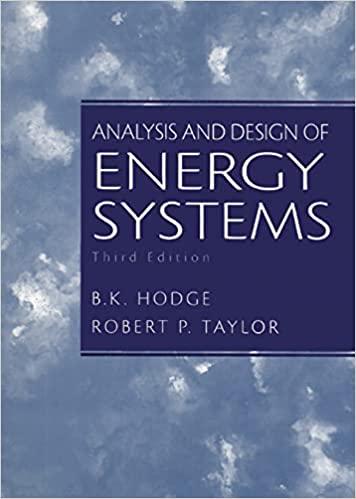5. Consider a 32-bit hexadecimal number stored in memory as follows: Address Value 100 2A 101 102...
Question:
5. Consider a 32-bit hexadecimal number stored in memory as follows:
Address Value 100 2A 101 102 103 C2 08 1B
a) If the machine is big endian and uses two’s complement representation for integers, write the 32-bit integer number stored at address 100 (you may write the number in hex).
b) If the machine is big endian and the number is an IEEE single-precision floating-point value, is the number positive or negative?
c) If the machine is big endian and the number is an IEEE single-precision floating-point value, determine the decimal equivalent of the number stored at address 100 (you may leave your answer in scientific notation form, as a number times a power of two).
d) If the machine is little endian and uses two’s complement representation for integers, write the 32-bit integer number stored at address 100 (you may write the number in hex).
e) If the machine is little endian and the number is an IEEE single-precision floating-point value, is the number positive or negative?
f) If the machine is little endian and the number is an IEEE single-precision floating-point value, determine the decimal equivalent of the number stored at address 100 (you may leave your answer in scientific notation form, as a number times a power of two).
Step by Step Answer:

Analysis And Design Of Energy Systems
ISBN: 9780135259733
3rd Edition
Authors: B. Hodge, Robert Taylor






